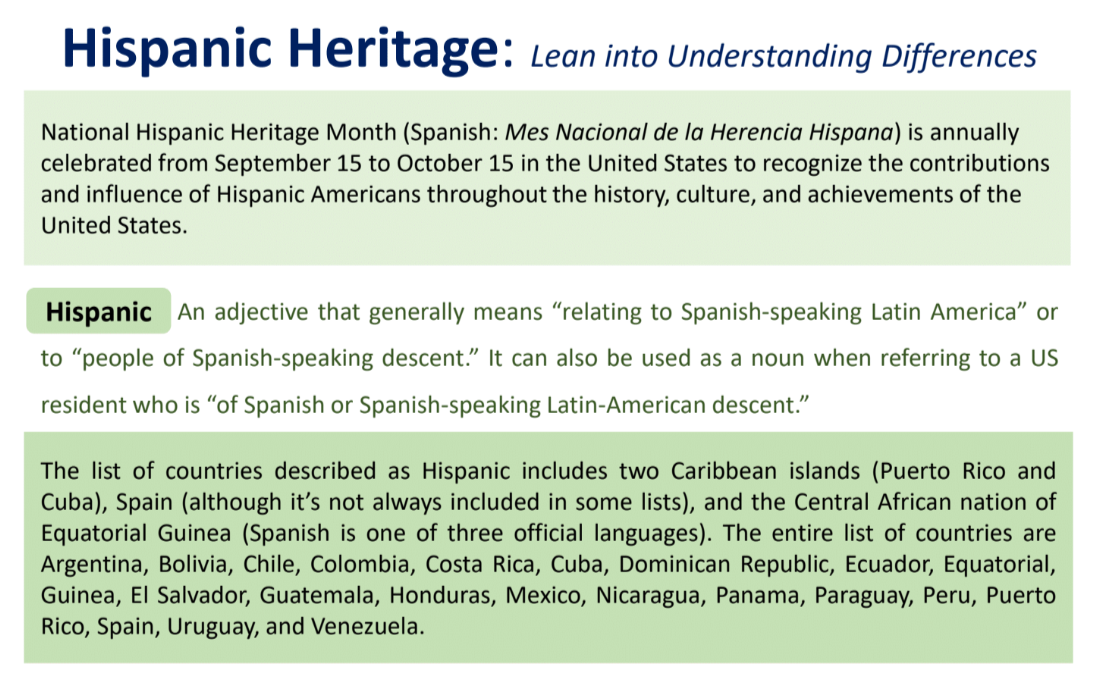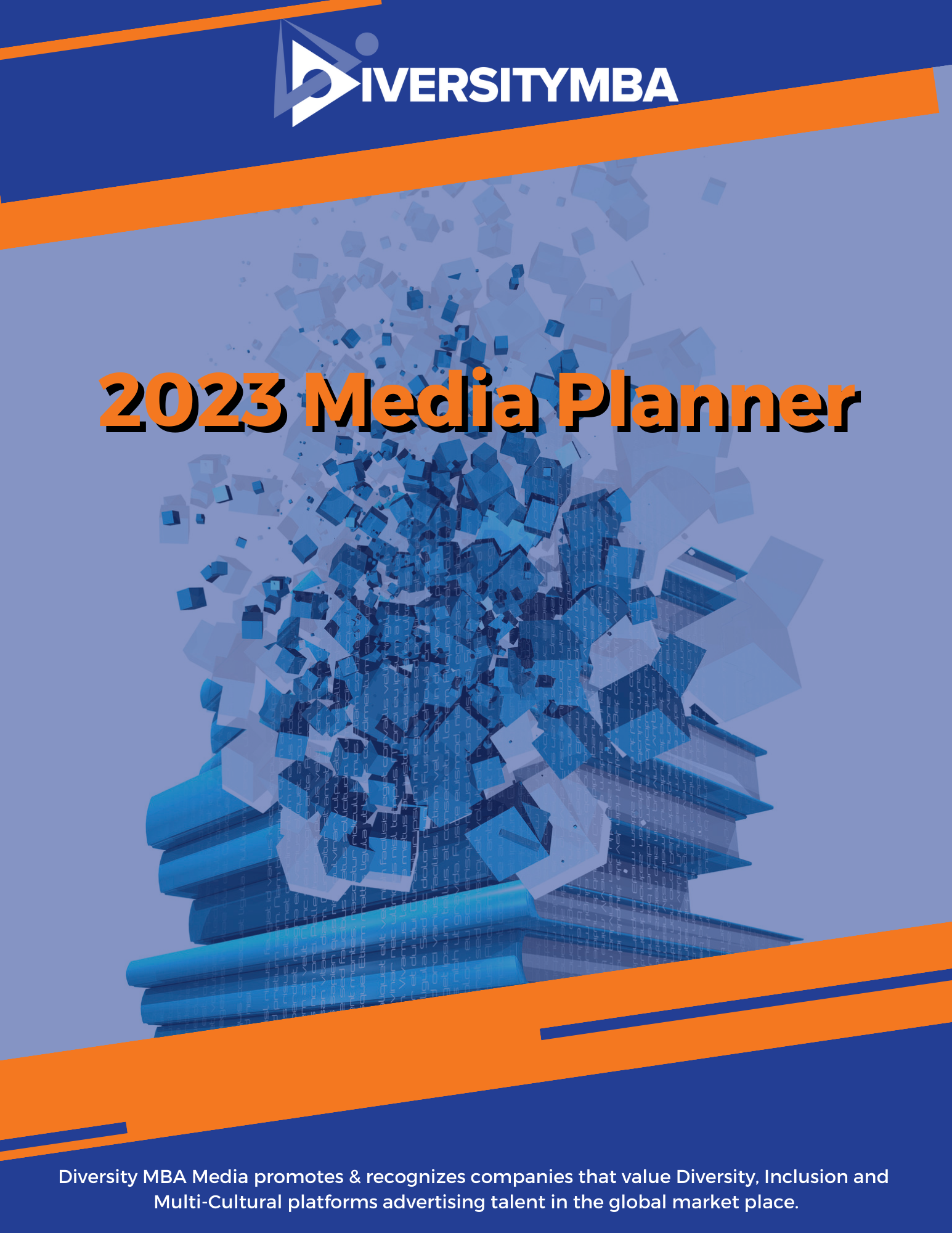
I would like to call attention to the growing leadership pipeline for Asian talent, which is a positive development but we must be careful not to blend all Asians into one people. Let’s examine what is going on in the Asian pipeline for talent.
The government long ago realized – in the form of the United States Census – that Asians, Indians and Pacific Islanders deserve their own category, yet in corporate America this group is often blended regardless of their cultural uniqueness. I am not trying to find fault, just to ensure that the advancement of Asians is done in fairly and sensitively.
Some would say that the increase in Asian leadership is due to immigration and globalization. This might be a popular perception, but Nielsen’s research shows that this dynamic group is not only talented but savvy as consumers. Moreover, the Asian population is leading in consumer spending as well.
Asians are leading both Hispanics and African Americans in talent pipelines in manager positions and director positions, according to DMBA’s 2014 inclusive leadership index (ILI). Below are more insights on the Asian corporate talent pipeline as reported by DMBA’s ILI.*
• 2 percent – or five – Fortune 500 CEOs are of Asian descent, contrasting with the 5.6 percent Asian U.S. population;
• 2 percent of C-level positions (that report to CEO) are held by Asian employees;
• 3 percent of executive vice president or similarly defined positions are held by Asians;
• 14 percent of vice presidents or similarly defined positions are held by Asians;
• 18 percent of directors or similarly defined positions are held by Asians;
• 10 percent of middle managers or similarly defined positions are held by Asians; and
• 20 percent of the employee base (all non-exempt; non part-time) are Asian and inclusive of all Asian groups.
When you compare both the Hispanic and African-American talent to Asian talent, there is a legitimate business case to grow each group rapidly. As I mentioned in early blogs, as long as women remain a separate initiative, the leadership gap between white people and people of color will continue to grow.
We also need to be mindful of the fact that the global impact on Asian-American talent is more evident among the Asian population. But what about the Indian population that identifies as Asian Indian? When I speak of blending groups, this is what I am referring to. I ask the question, when and where does it stop?
*. Data based on 2014 DMBA ILI 300 U.S. companies with an average size of 30,000 employees.








